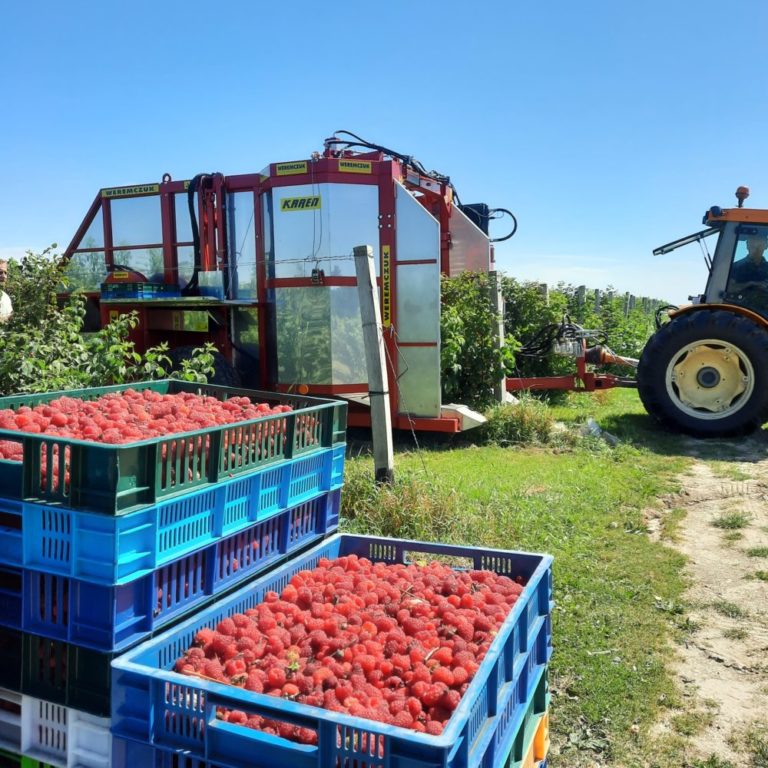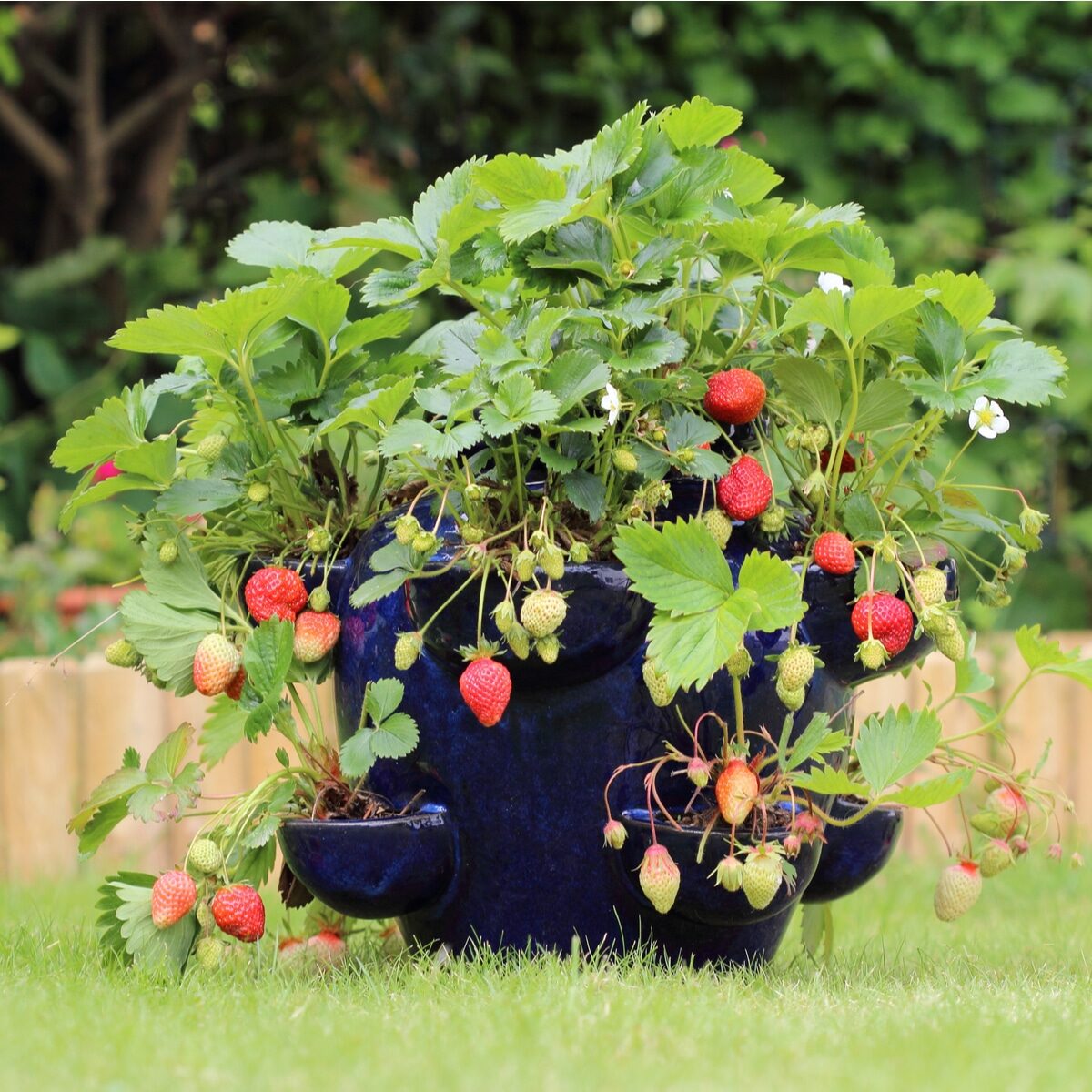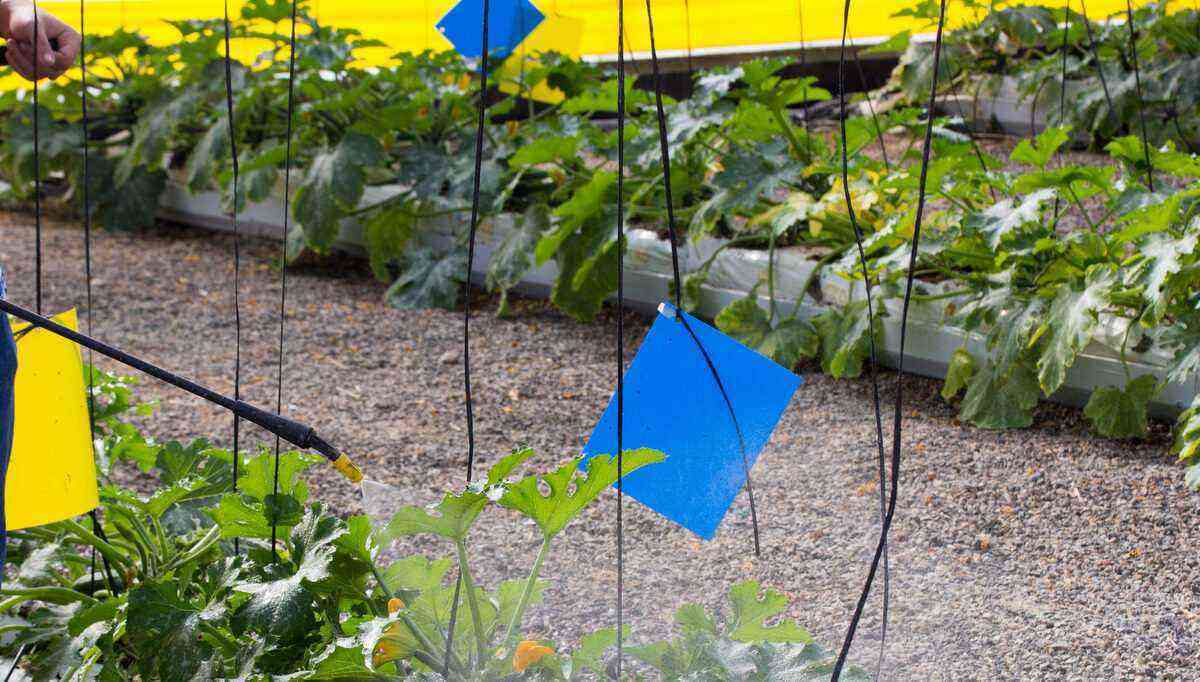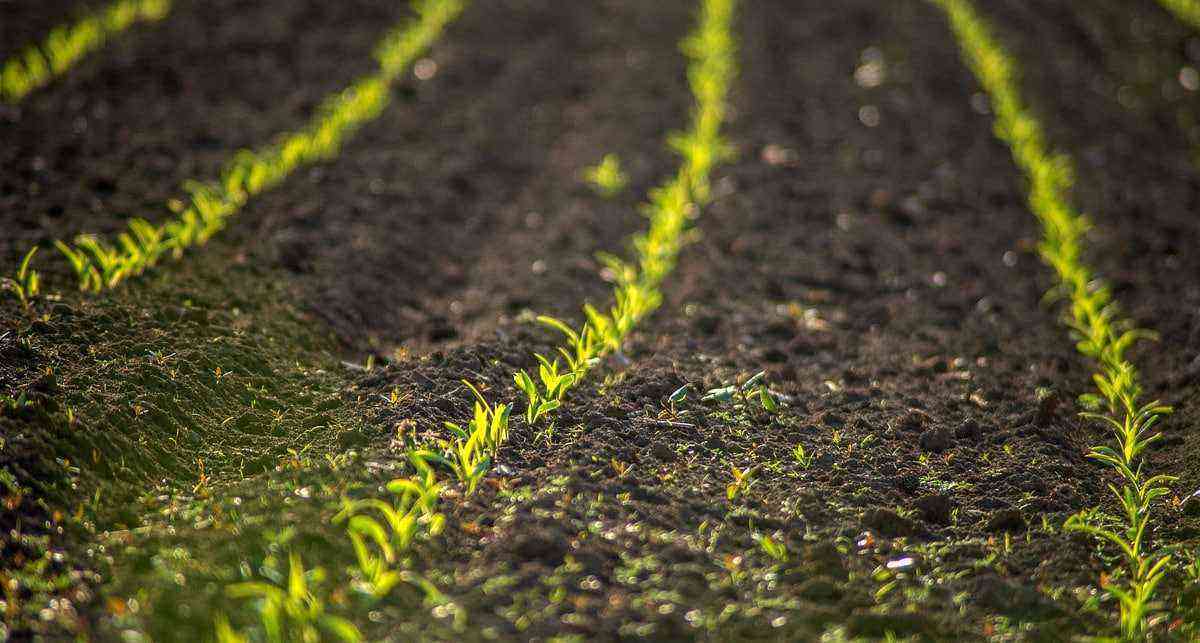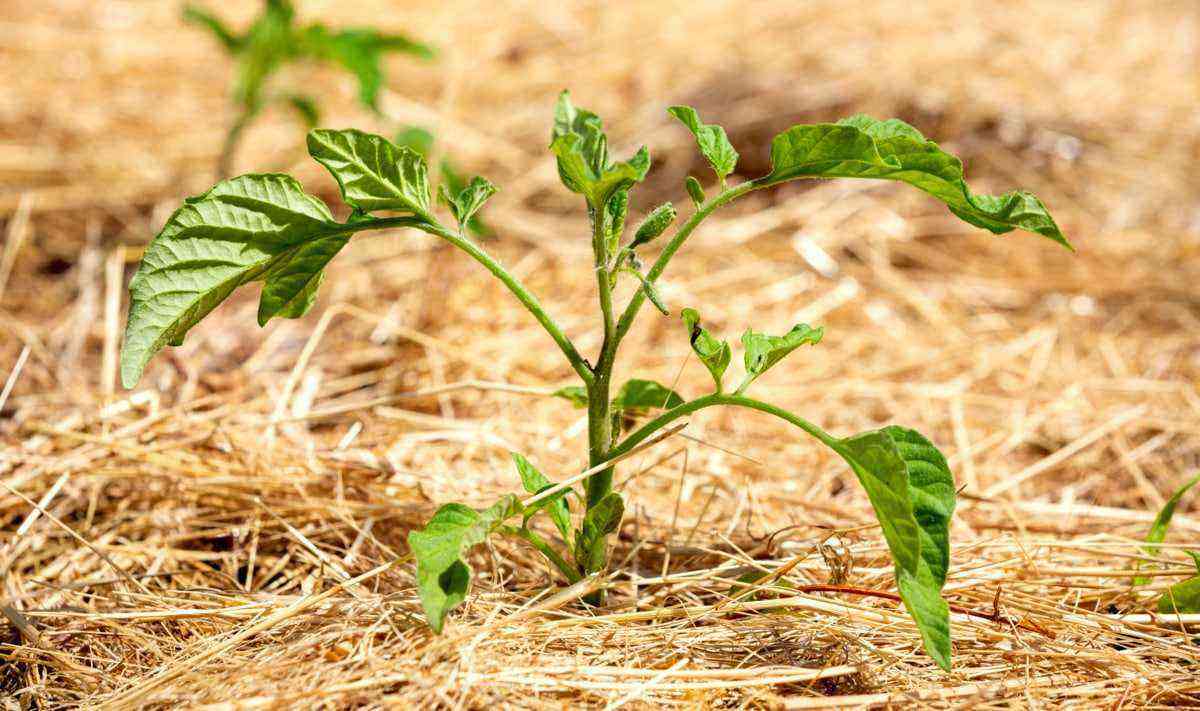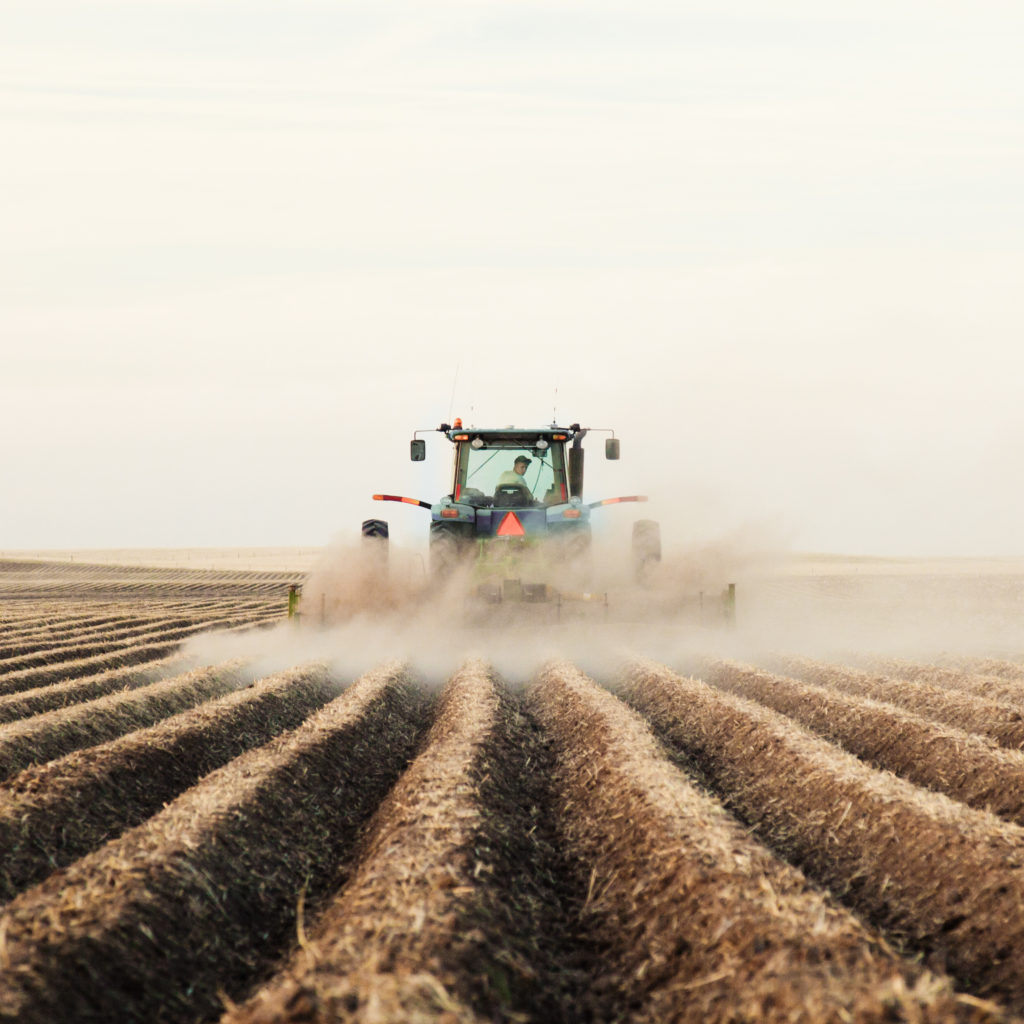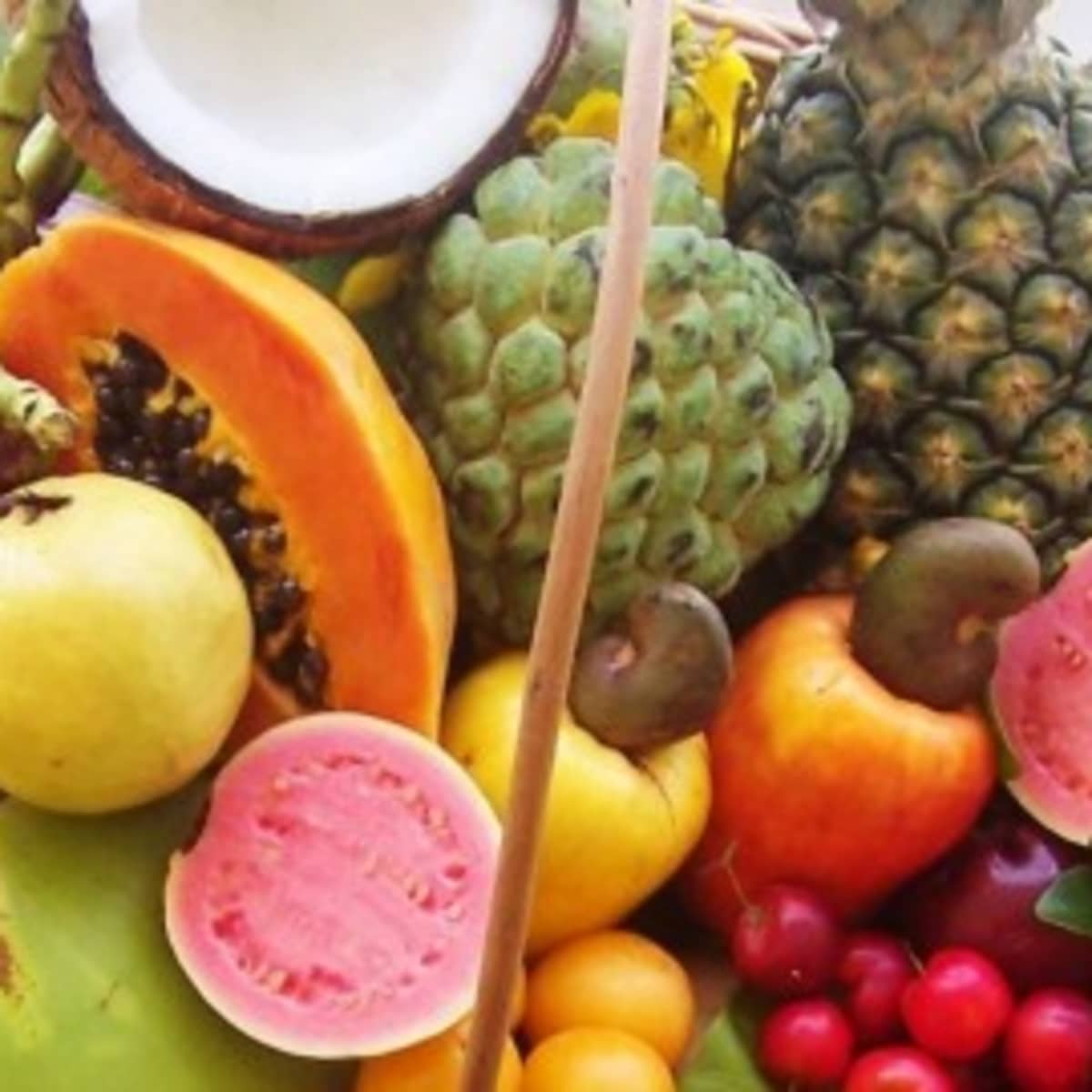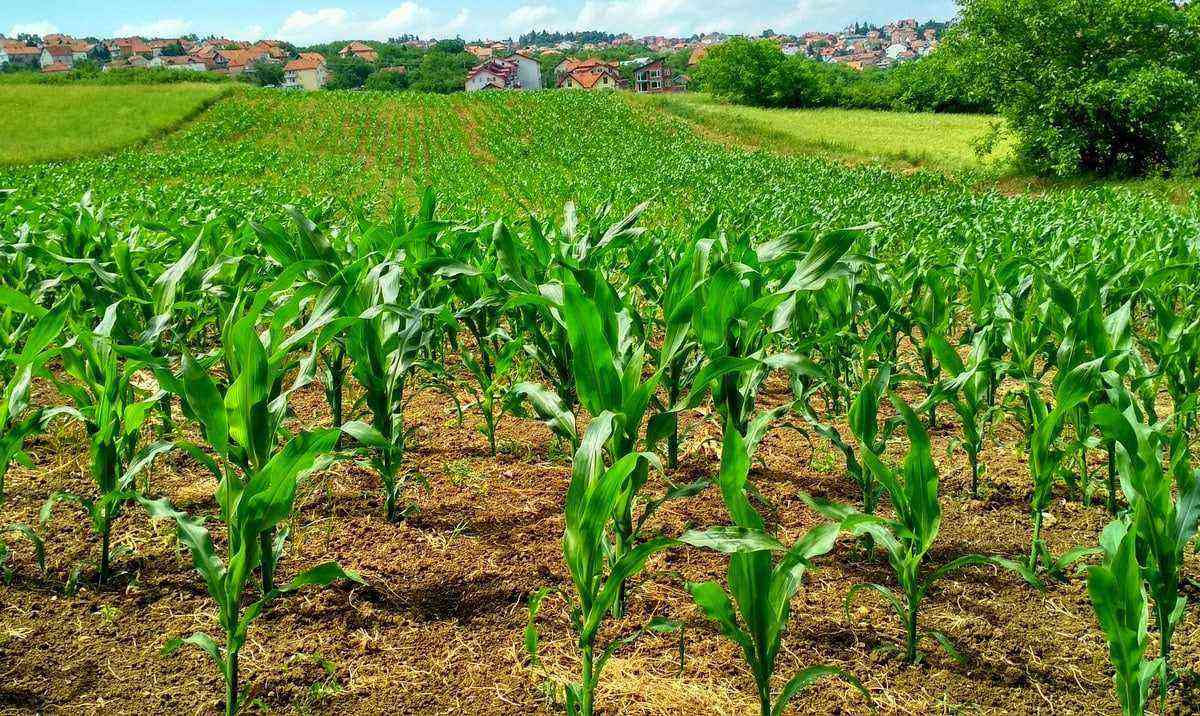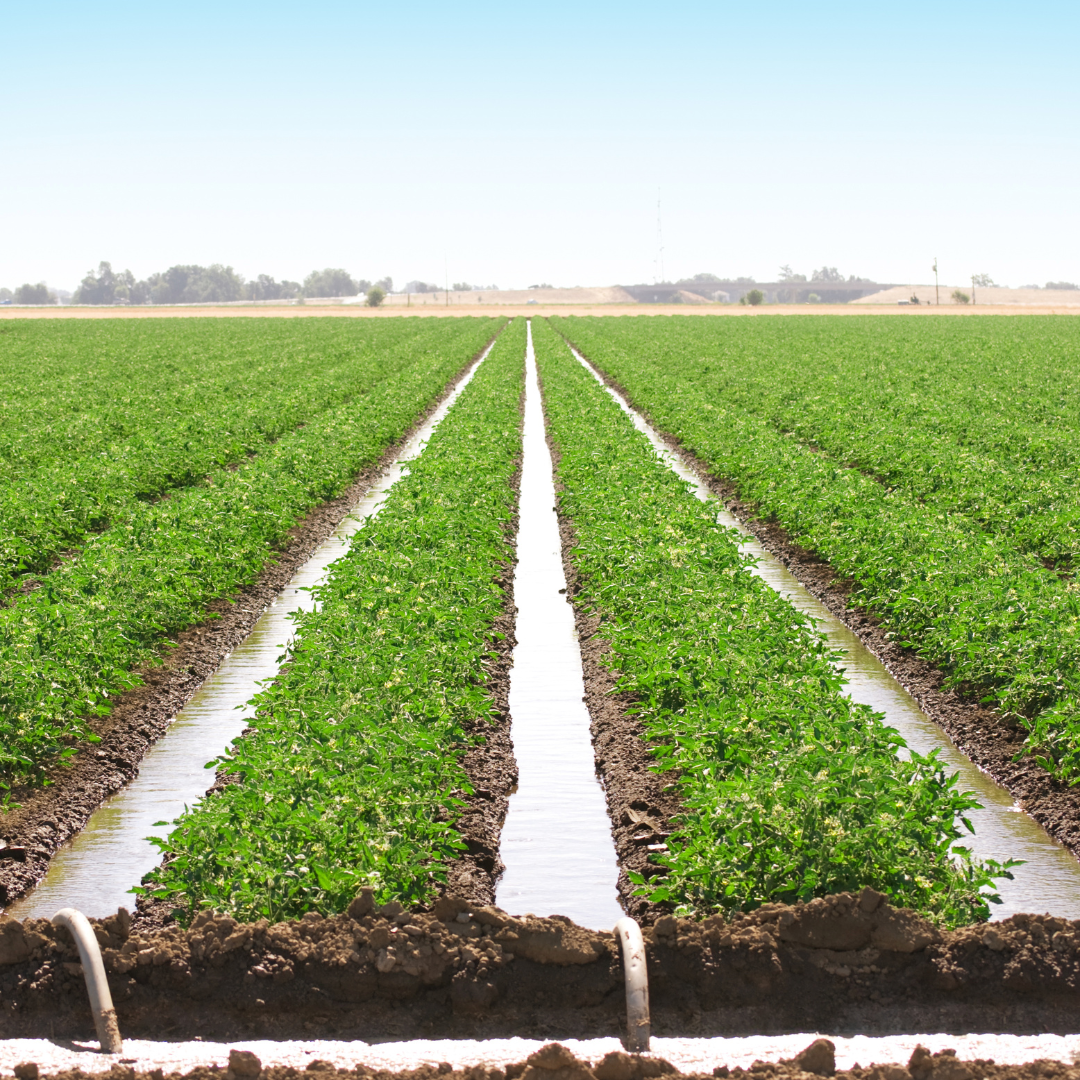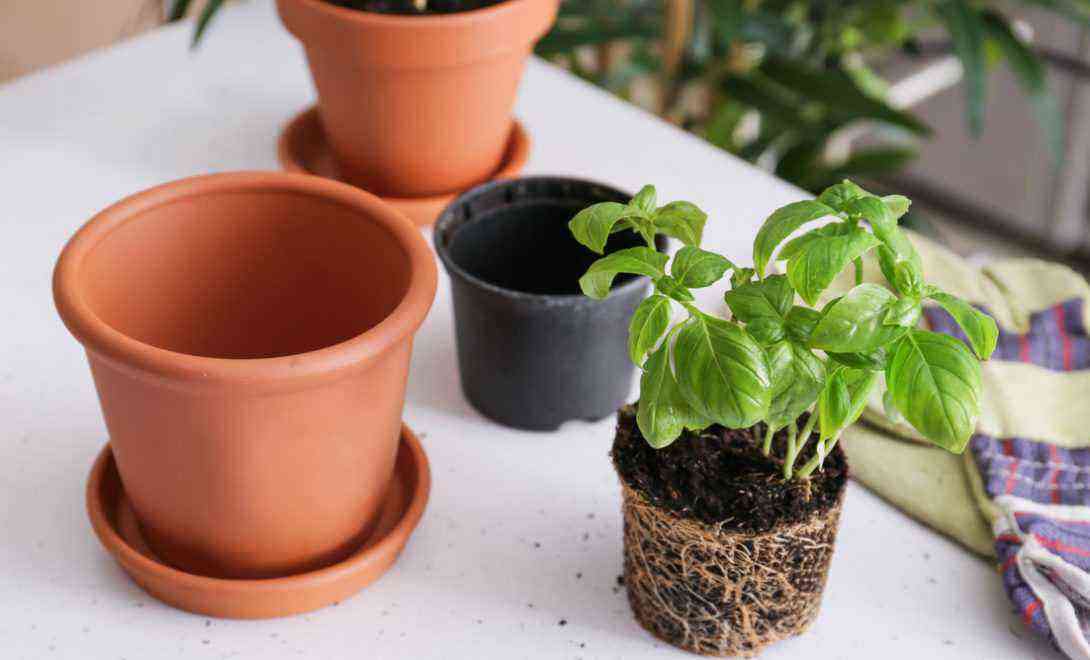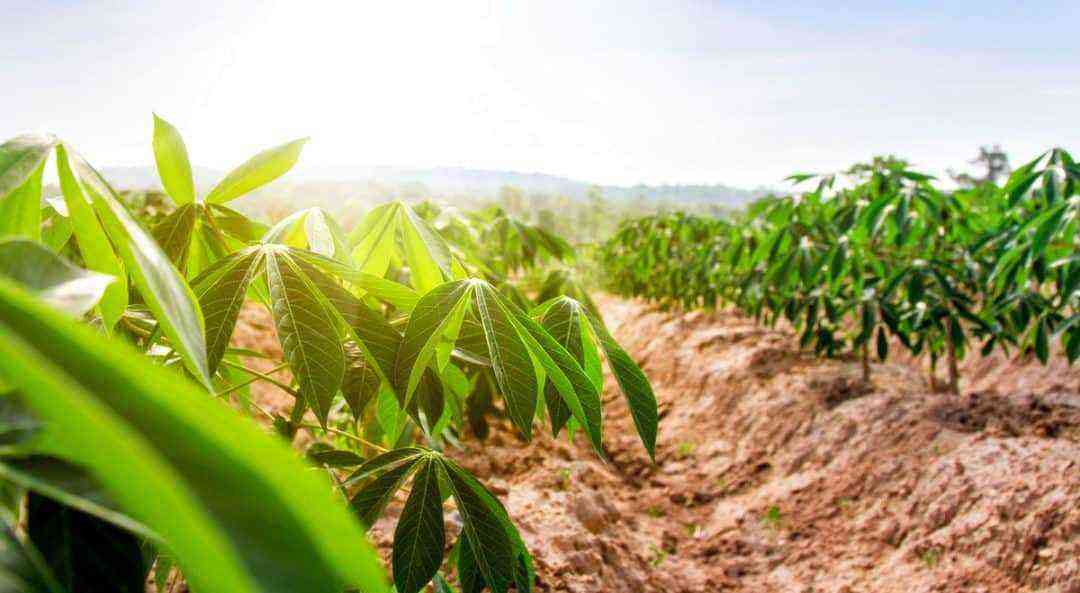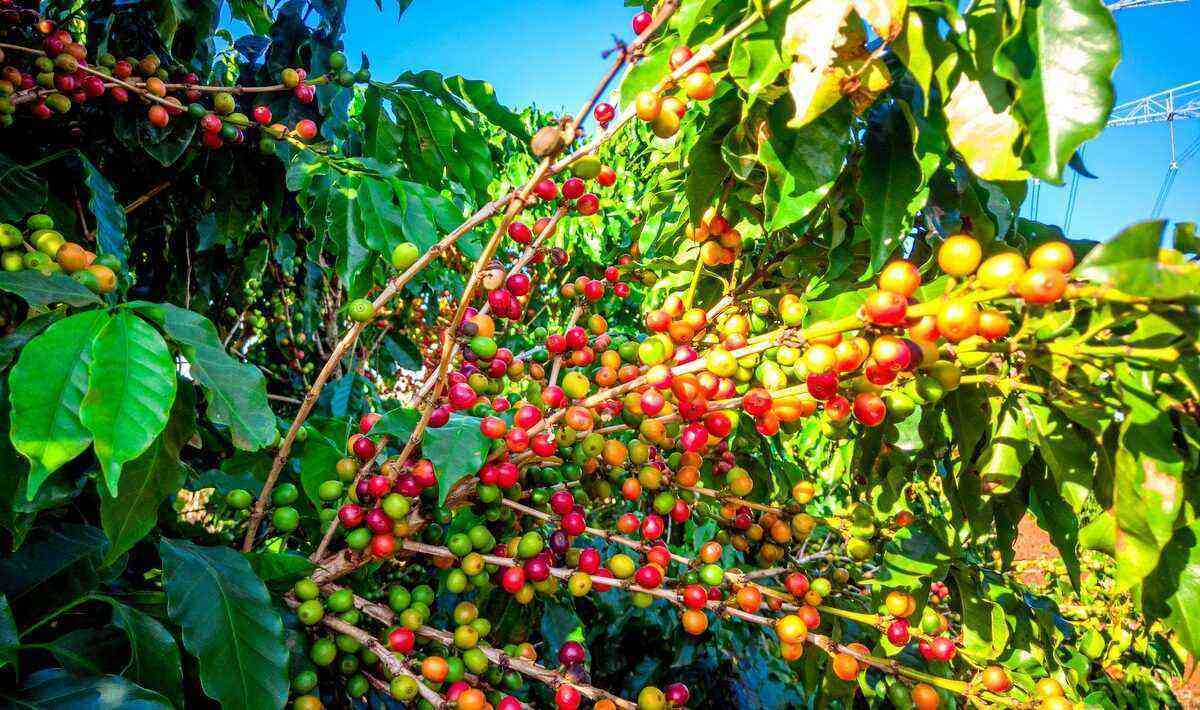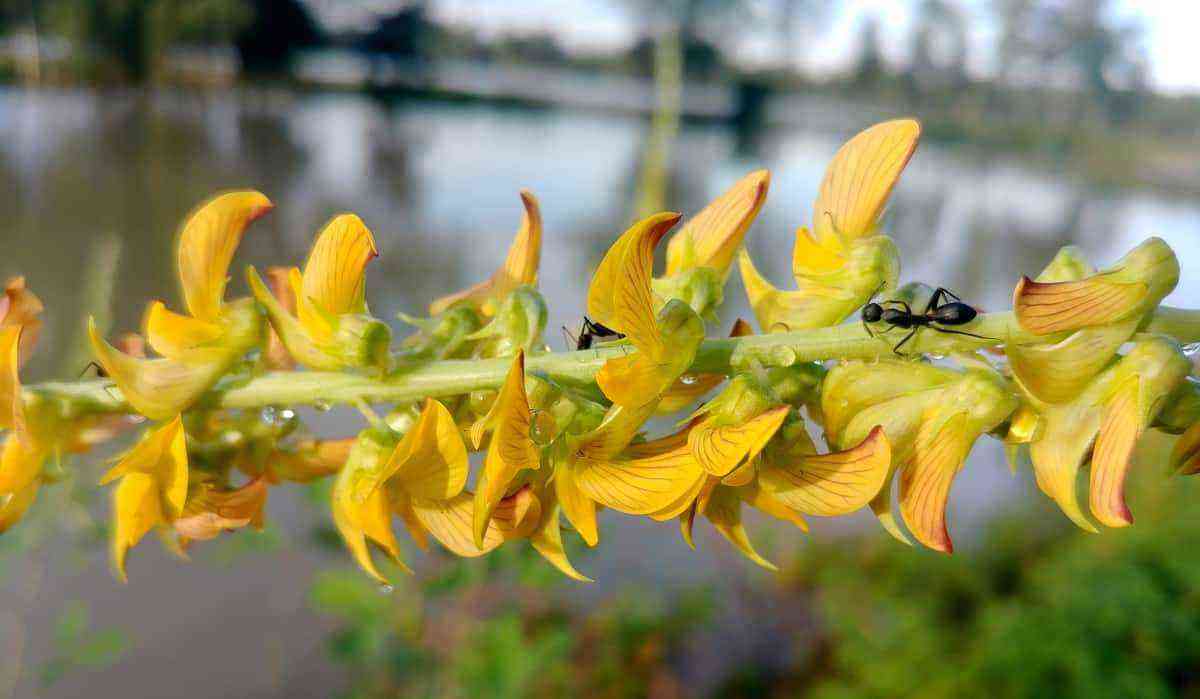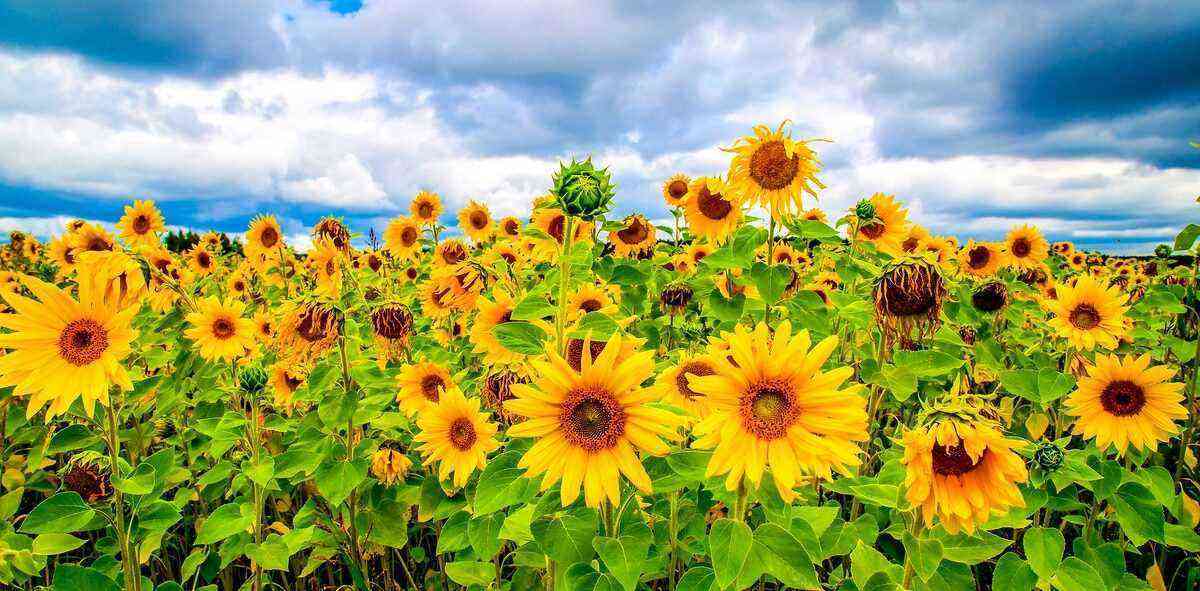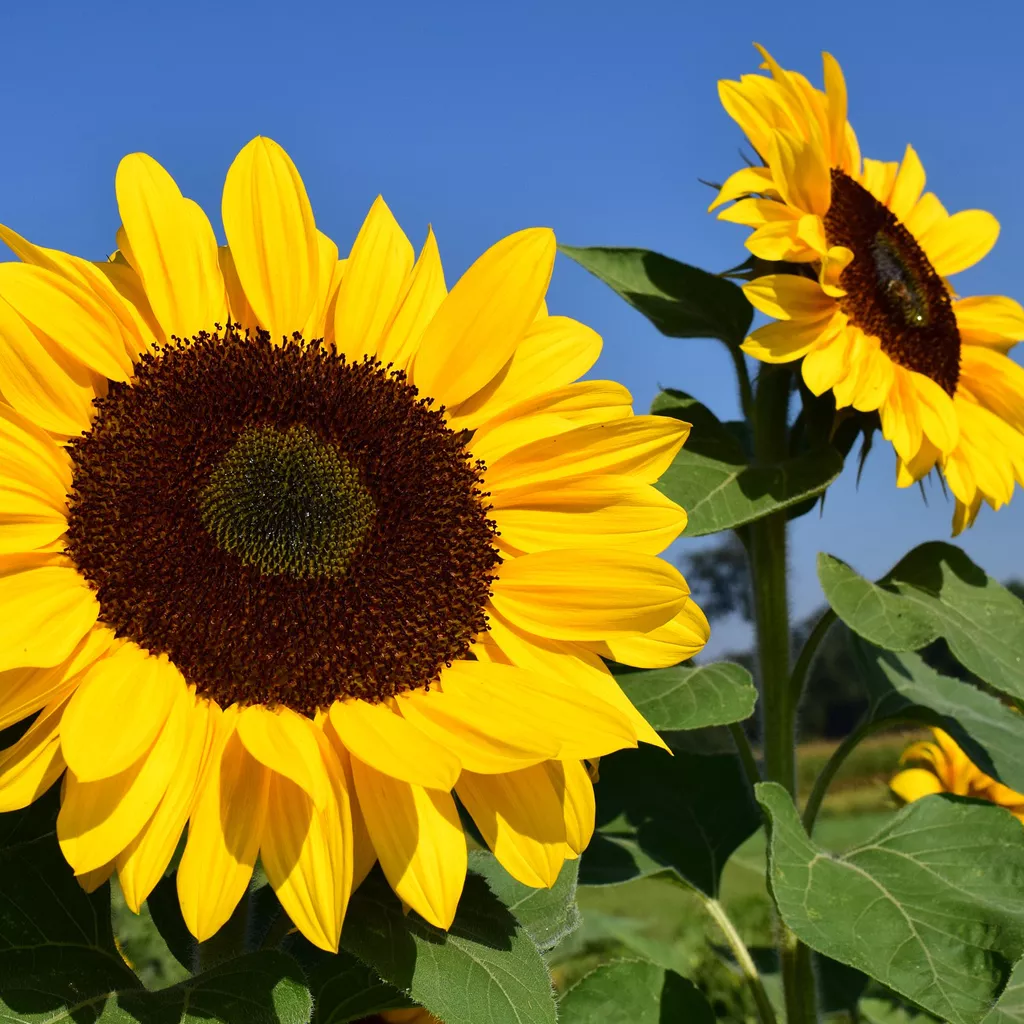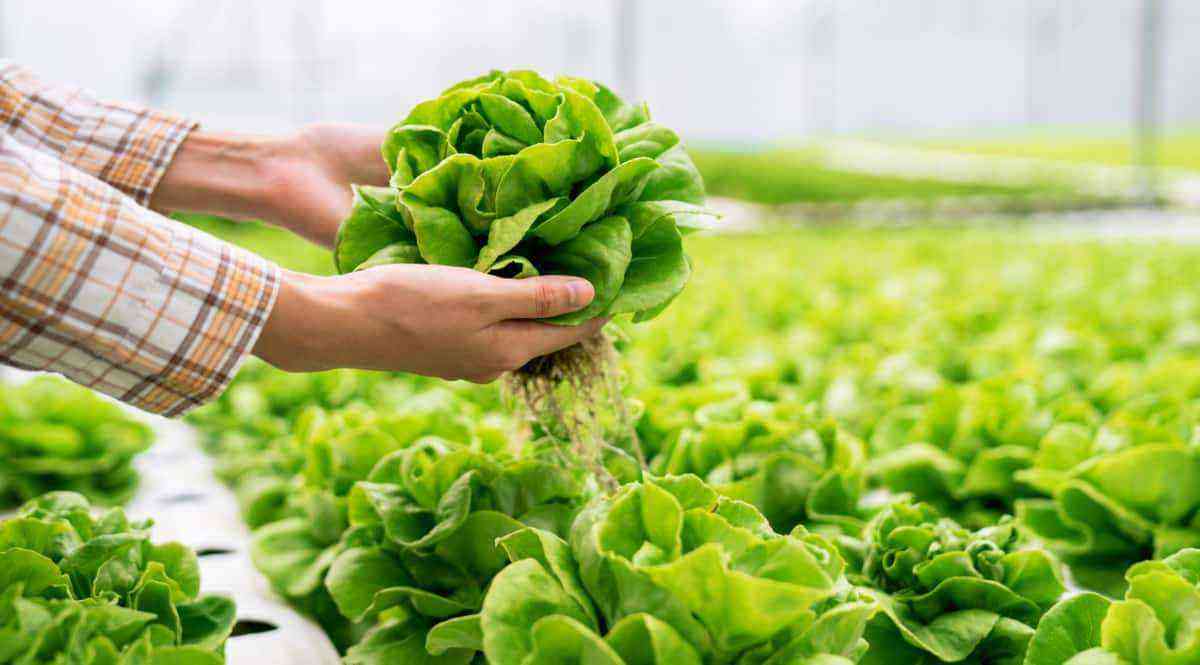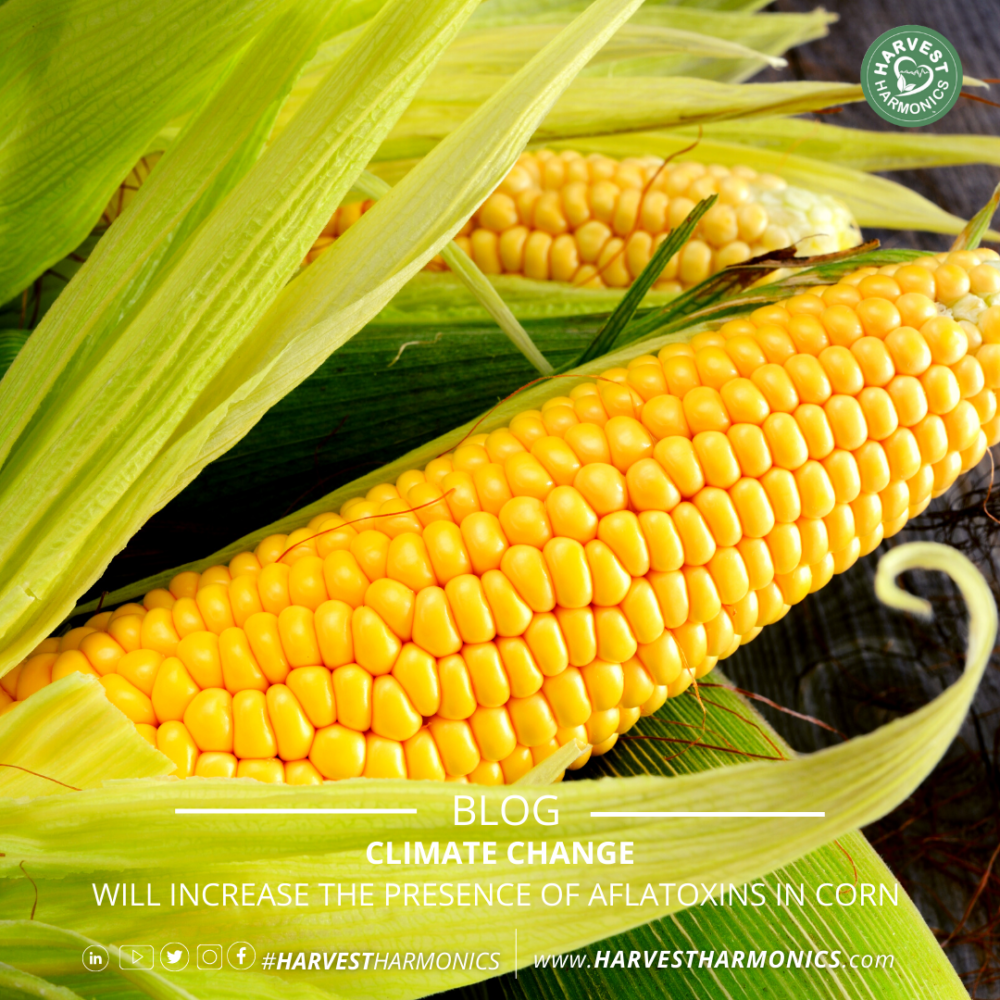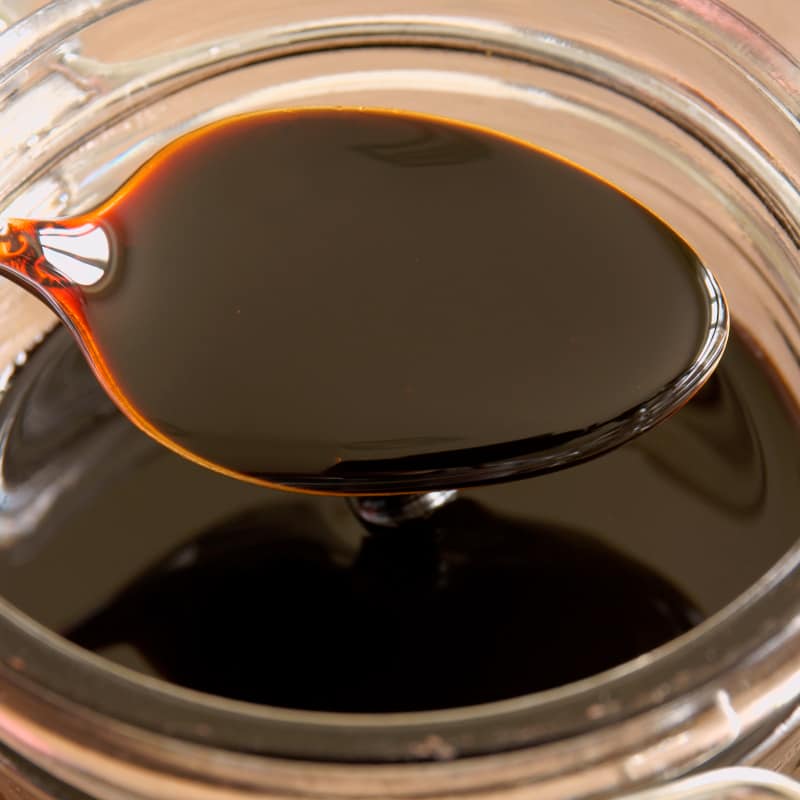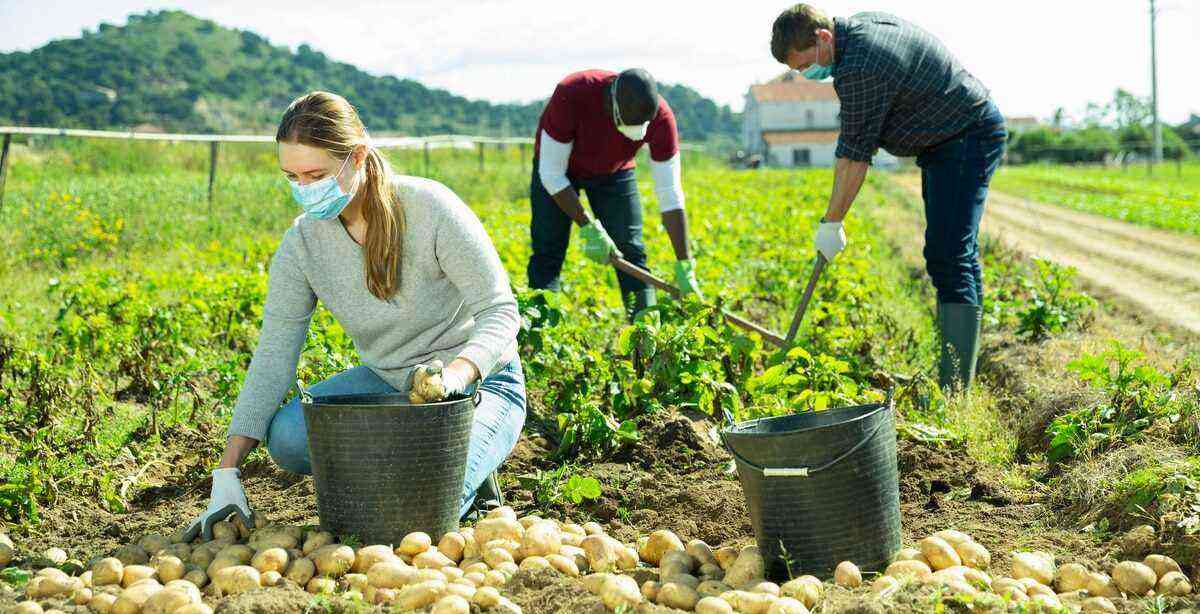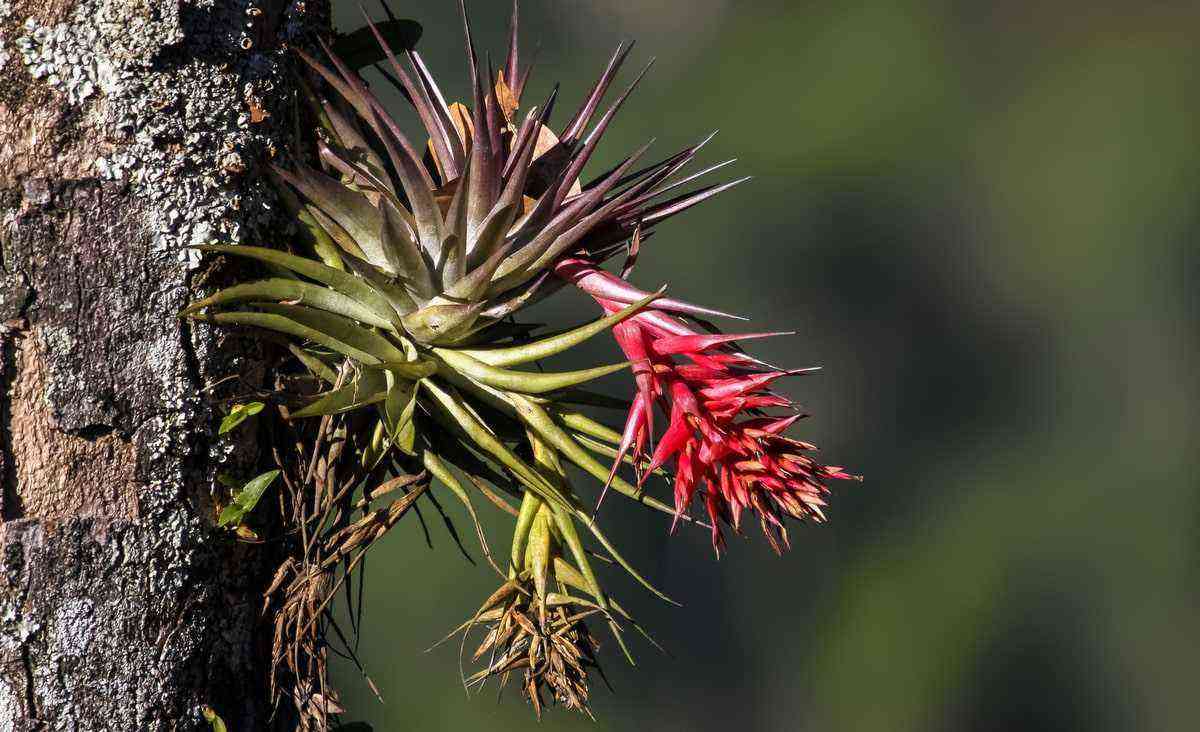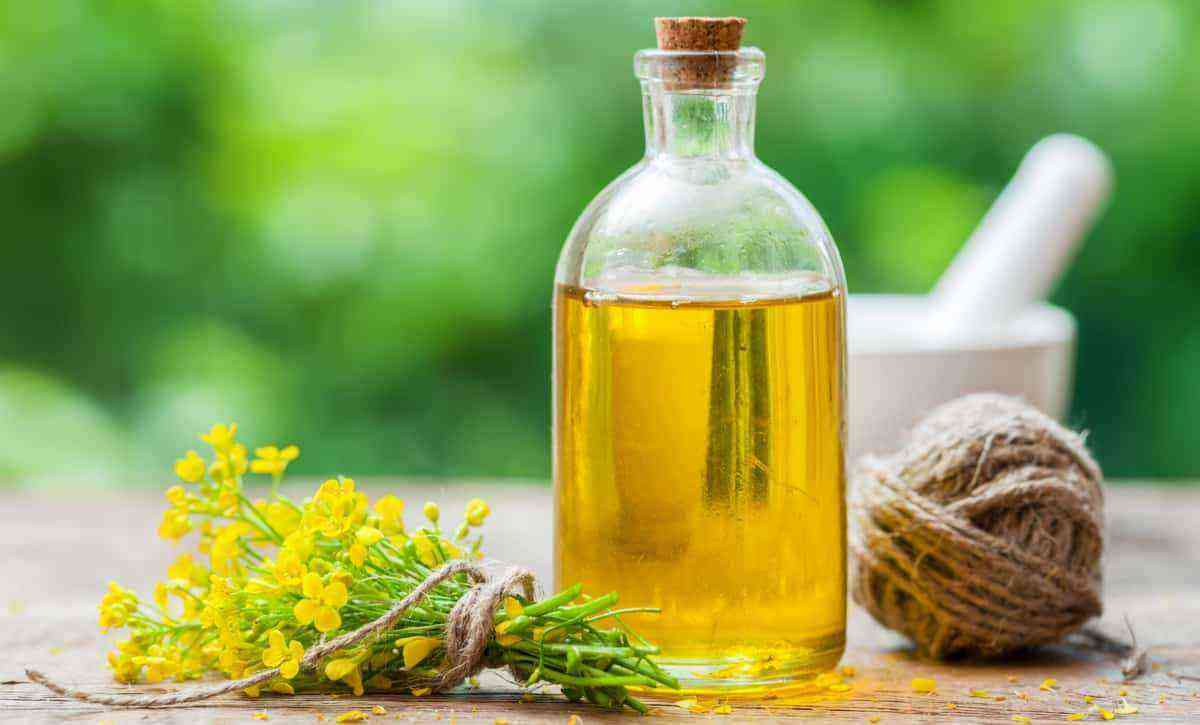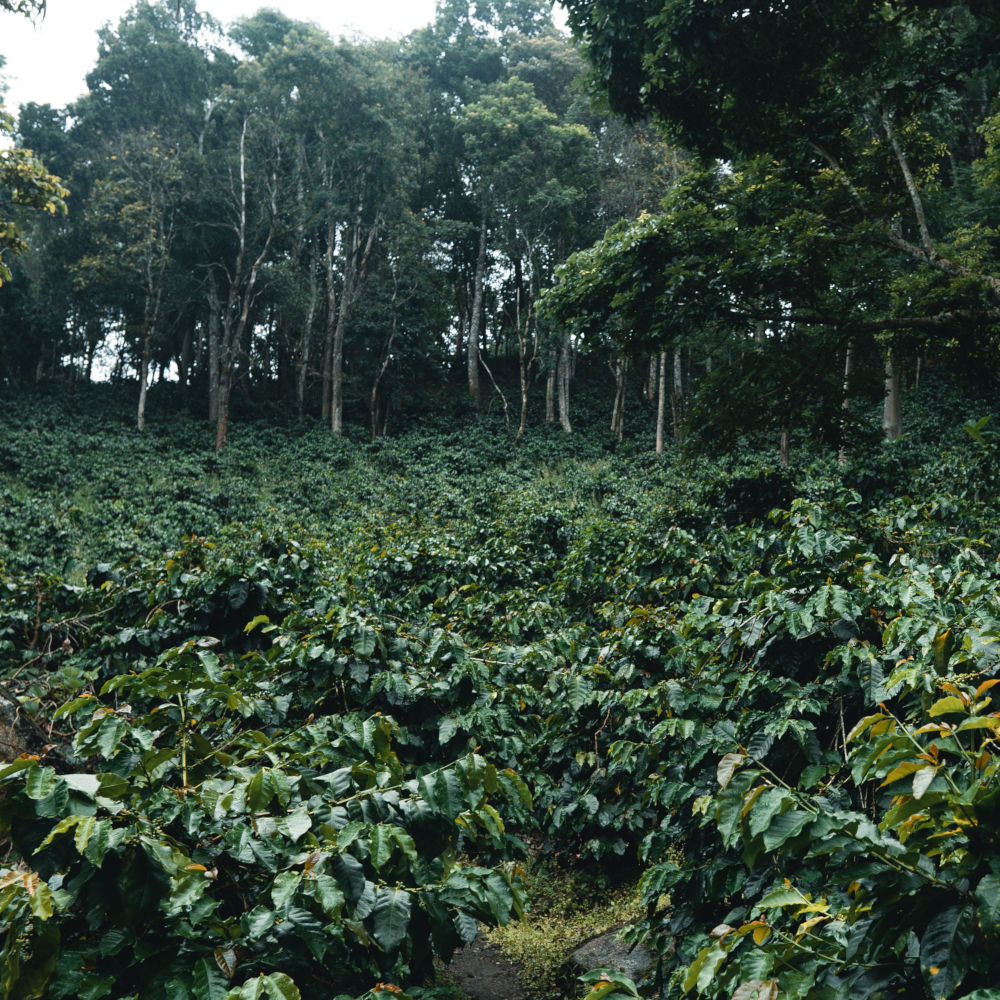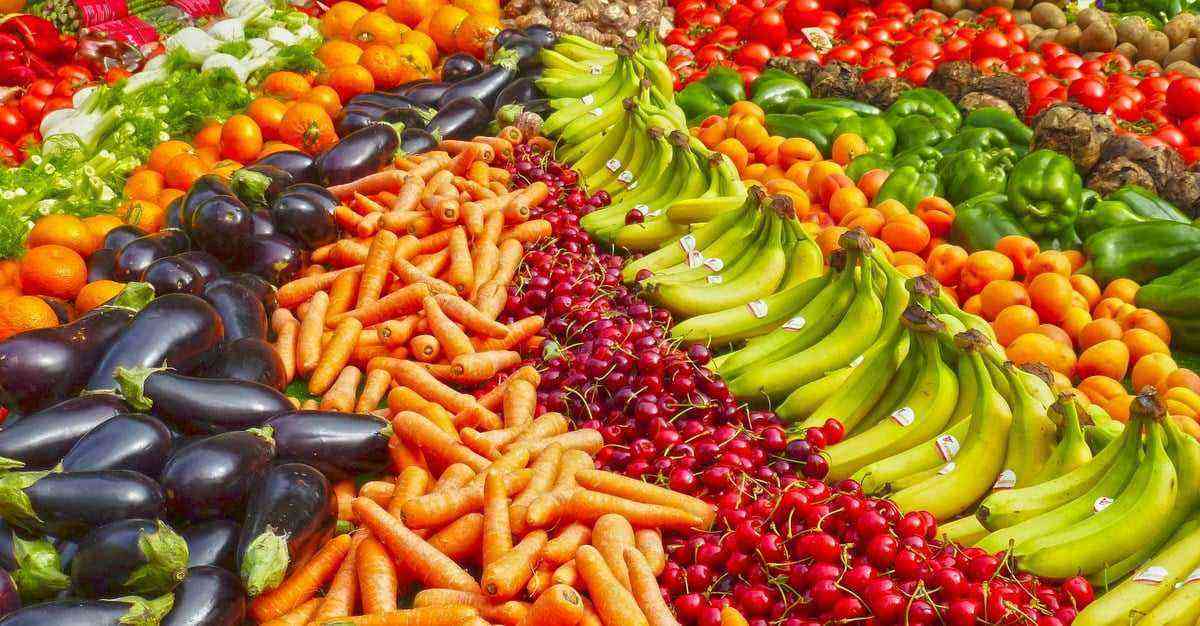Also known as blueberry, the blueberry is a small, bluish-colored fruit, known as “the fruit of longevity”.
Originating from cold regions in North America, blueberry cultivation in Brazil has some challenges, but also great potential.
In this article, we will present this fruit, talk about the numerous benefits it provides to the body and also how to grow it. Check out!
Meet the blueberry
The blueberry is a shrub plant that arrived in Brazil in the 80’s, and had its first commercial cultivation in the 90’s. It belongs to the Ericaceae family, genus Vaccinium, having several species.
Widely consumed in North America and Europe, its fruit is of the berry type, with a blue or purplish color when ripe. It has dark green leaves during the summer, which turn reddish and fall off during the rest period.
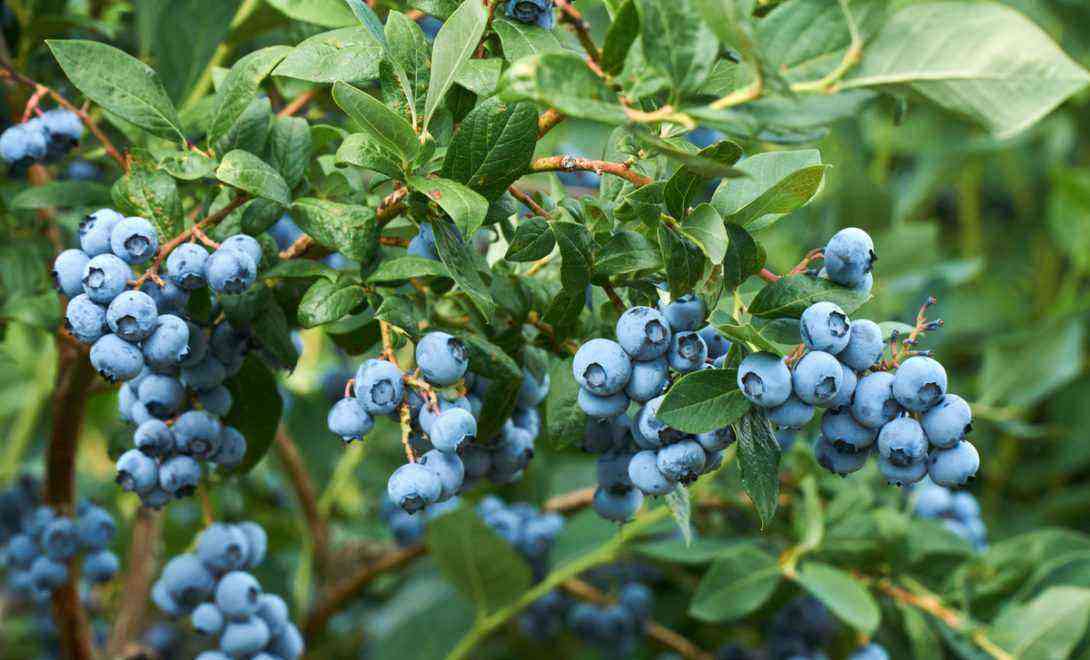 The blueberry originates from cold regions, however, some groups of cultivars are possible to be cultivated in Brazil.
The blueberry originates from cold regions, however, some groups of cultivars are possible to be cultivated in Brazil.
Cultivars
There are five groups of blueberry cultivars: Highbush (high bush), Half high (half high), Southern Highbush (southern high bush), Rabbiteye (rabbit’s eye) and Lowbush (low bush). In Brazil, the most important groups are Southern Highbush and Rabbiteye.
Cultivars of the Rabbiteye group were the first to be introduced in the country, brought from Florida in 1983 to be studied at Embrapa Clima Temperado, in Pelotas, Rio Grande do Sul.
The species that represents this group is the Vaccinium ashei, which has greater tolerance to heat, drought and fungal diseases, in addition to being more productive, having good vigor, longevity and good post-harvest fruit conservation. However, the fruits are smaller and of worse quality, that is, more acidic.
The Southern Highbush group, on the other hand, produces fruits considered to be of better quality, but is also more demanding in terms of water, soil structure and organic matter. However, like Rabbiteye, it needs less cold to produce than the other groups, which are more difficult to grow here in Brazil.

Blueberry from the Southern Highbush group. It has production potential of up to 3 kg per plant.
The main representative of this group is the species Vaccinium corymbosum, which has been successfully cultivated in the Brazilian Cerrado, as it does well in regions with a dry and hot climate during the day and milder at night.
Read also: Aloe: know the benefits of this plant.
how to plant blueberry
The blueberry prefers acidic soils, with a pH in the range of 4 to 5,5, and soils with a pH above 6 make its production unfeasible, since the correction would have a very high cost. In addition, it must be free of aluminum and manganese, which are toxic to the plant.
In addition, the soil must be aerated, as its root likes oxygen. In the case of cultivation in pots or bags, the best substrate is rice husk and peat. The blueberry root system is very shallow, with very fine roots, being sensitive to drainage and soil compaction.
The best time for planting is in the rainy season, from October to December, and it is recommended that blueberry seedlings have about a year and a half for successful planting.
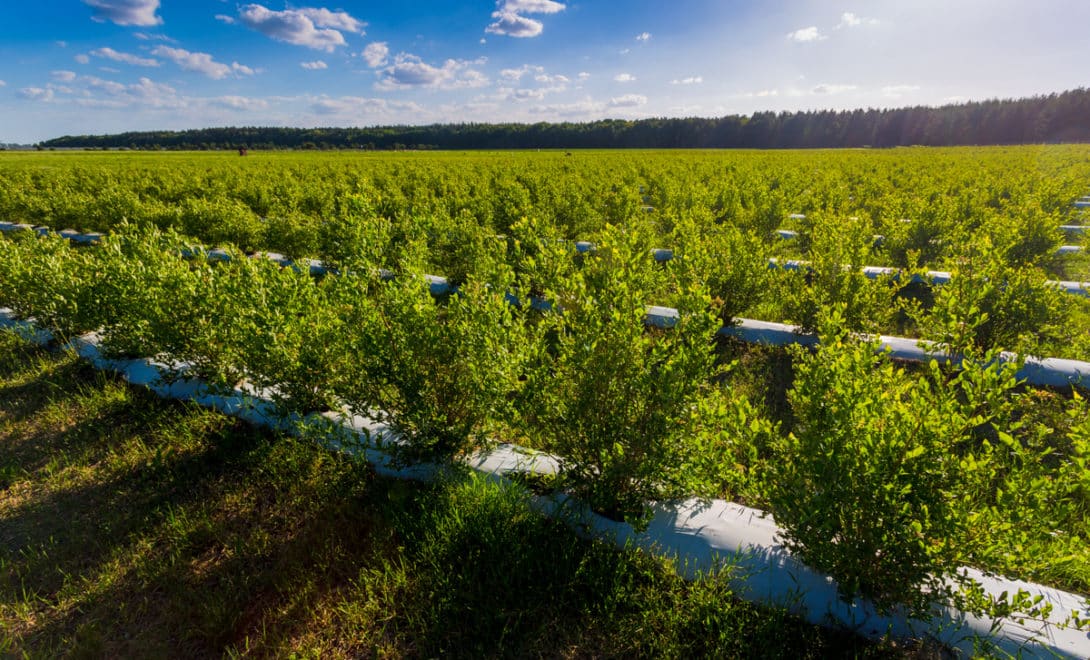
In one hectare it is possible to plant between 10 and 12 seedlings, but the cost of setting up the orchard is very high. However, it is estimated that within 3 years the investment will be recovered.
plantation management
Irrigation is crucial for the proper development, growth and production of the plant. As said, the blueberry has a very superficial root system, which makes its water absorption capacity low.
Therefore, especially in the implementation of the orchard and in its first two years, it is essential to have good availability of water. In addition, the fruit production period is also a critical phase, where water deficit can cause great losses.
As for fertilization, pre-planting is carried out with phosphate and potassium, according to the results of soil analysis, and nitrogen fertilization must be carried out in the opening phase of the floral buds and in the period of full bloom, with ammoniacal nitrogen, a since it contributes to lowering or maintaining the pH of the soil.
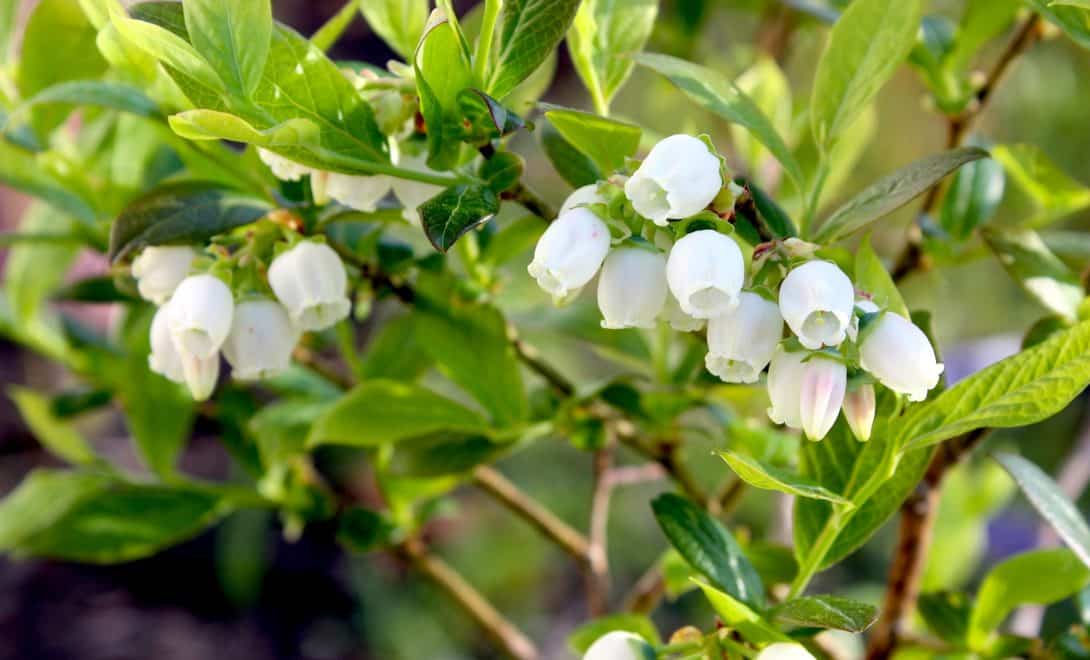
The presence of bees for pollination is essential for commercial production, since some cultivars are cross-fertilized.
Another important management for the blueberry crop is pruning. In the first years after planting, pruning is carried out in order to build the plant’s production structure, through the formation of woody stems and shoots, sufficient to support production in the following years.
The blueberry begins to produce flowers and fruits very early, often still in the nursery. However, it is necessary to remove them at this stage, prioritizing only the shoots to strengthen the branches in formation.
In addition, fruiting always occurs on the branch of the year, therefore, it is necessary to proceed with winter pruning in the branches of previous years. A bush with too many branches will produce a lot of fruit, but of poor quality. Good productions are found on strong branches, so it is recommended to eliminate thin and weak branches below 30 cm from the crown.
Finally, the harvest is done when the fruits are completely blue, and it is a manual and very delicate process, where each fruit is harvested one by one, therefore, it requires a lot of labor.
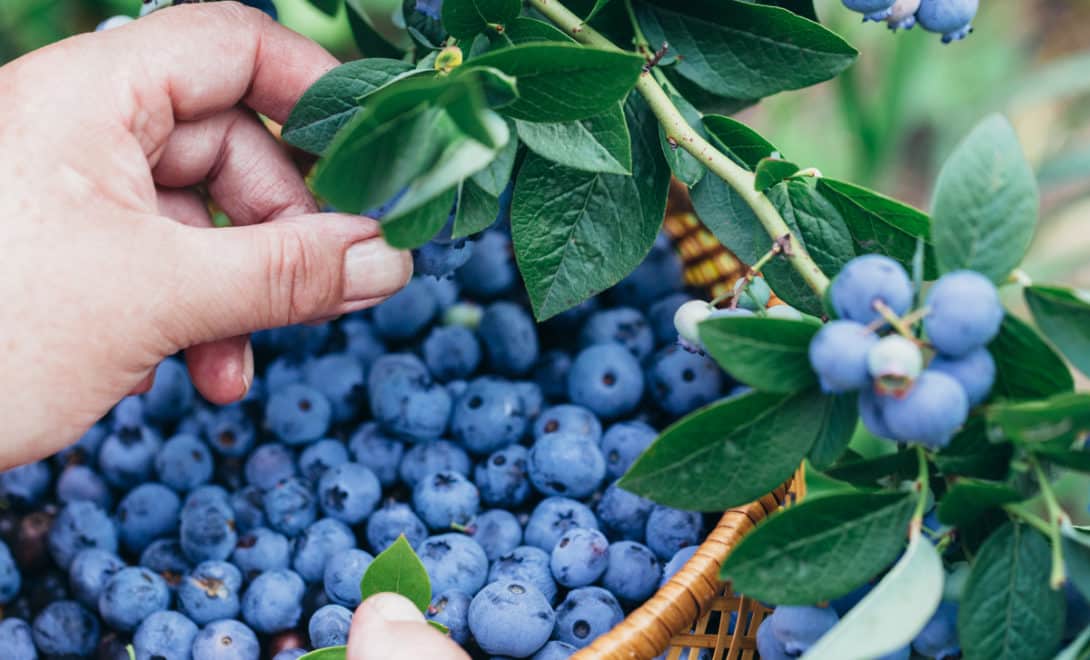
It is recommended that blueberry growers organize themselves into associations, in order to facilitate the work of harvesting, packaging and adequate transport so that the production reaches the markets.
blueberry benefits
The blueberry has many medicinal properties, being known as “the fruit of longevity”, as stated in the introduction of this post. It is one of the fruits that contains the most antioxidants.
It is also rich in minerals, vitamins A and C, in addition to its pigment, anthocyanin, which acts beneficially in the body, fighting free radicals.
In addition, blueberry has anti-inflammatory action, improves circulation, reduces bad cholesterol and prevents vision-related diseases such as cataracts and glaucoma. The high content of polyphenols present in its peel and also in the pulp helps to protect the cell walls.
It also contributes to the control of diabetes by increasing glucose uptake by cells, lowering blood sugar levels. In addition, it lowers blood pressure, fights urinary infection, helps in muscle recovery and cancer prevention. Studies have also evaluated its influence on improving memory and brain function.
Therefore, the consumption of this fruit is highly recommended and can be in natura, frozen, dehydrated, in juices and vitamins. Blueberries are also used to make liqueurs, jellies, ice creams and sweets in general.
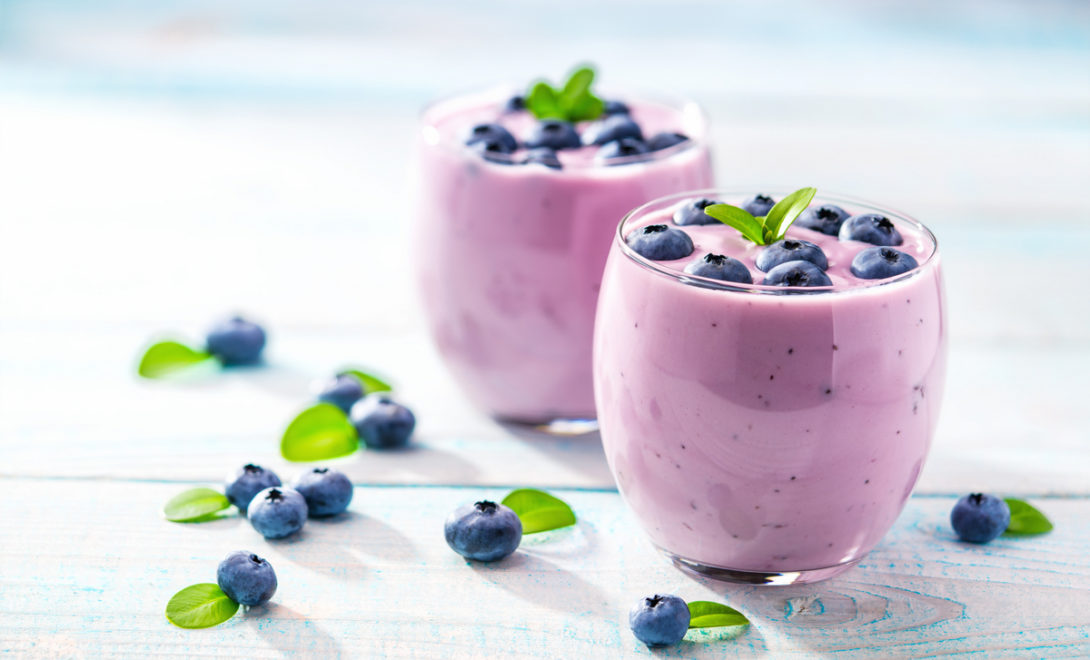 Blueberries can be included in various everyday recipes, contributing to a healthier diet.
Blueberries can be included in various everyday recipes, contributing to a healthier diet.
So, did you like the article? Enjoy and also check out our post about lychee. Good reading!
